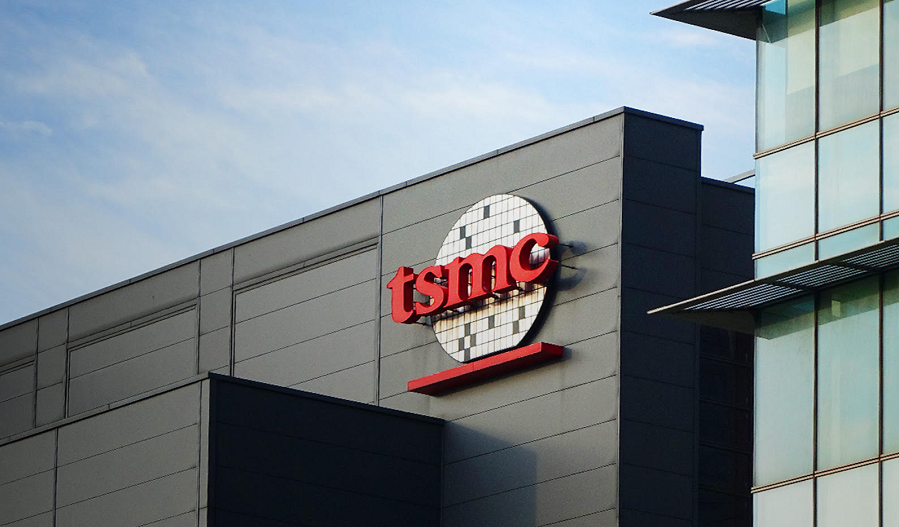 INFRA
INFRA
 INFRA
INFRA
 INFRA
INFRA
Taiwan Semiconductor Manufacturing Co. could form a joint venture with several chipmakers to operate Intel Corp.’s fabs, Reuters reported today.
The company is said to have pitched the idea to Nvidia Corp., Advanced Micro Devices Inc., Broadcom Inc. and Qualcomm Inc. Under the plan, the chipmakers would take stakes in a joint venture tasked with operating Intel’s fabs. TSMC, which is reportedly eyeing a stake of up to 50%, would be responsible for the day-to-day management of the plants.
Intel is facing mounting competition in its core markets and posted a $18.8 billion loss last year. The company’s efforts to boost its business performance could reportedly see it sell some business units. In August, word emerged that Intel’s board has weighed splitting its chip design and foundry groups as part of the initiative.
Reports that TSMC may seek to buy into the foundry group first emerged last month. According to Reuters, the idea was originally floated before the company announced its $100 billion plan to build new fabs in the U.S. Nevertheless, TSMC is reportedly continuing discussions to take a stake in Intel’s factories through a joint venture.
Intel’s 18A manufacturing process is believed to be an “area of contention” in the talks with TSMC. The technology, which is set to enter mass process in the second half of the year, is a significant improvement over the company’s earlier processes. During discussions held last month, Intel executives reportedly told TSMC that 18A is more advanced than the latter company’s latest two-nanometer technology.
One of the main innovations in 18A is a feature called backside power delivery. Usually, the tiny wires that carry electricity to a processor’s circuits are located above its transistors. Backside power delivery moves those wires below the transistors, which boosts processing speeds and lowers energy usage.
Chips made using Intel’s 18A process will also implement a gate-all-around transistor design. The design’s most notable feature is that the gate, a component responsible for managing the flow of electricity, surrounds the transistor to which it’s attached on all sides. This reduces electricity leakage from the transistor and thereby improves power efficiency.
Nvidia, AMD and Broadcom, three of the companies that TSMC has pitched on its joint venture proposal, are reportedly exploring the possibility of using 18A to make processors. The chipmakers are also TSMC customers.
There are significant technical differences between TSMC and Intel fabs. The companies buy much of their chipmaking equipment from the same suppliers, but they don’t configure their production lines the same way. According to Reuters, addressing the challenges created by those technical differences could require TSMC to invest significant resources in its proposed joint venture.
Support our mission to keep content open and free by engaging with theCUBE community. Join theCUBE’s Alumni Trust Network, where technology leaders connect, share intelligence and create opportunities.
Founded by tech visionaries John Furrier and Dave Vellante, SiliconANGLE Media has built a dynamic ecosystem of industry-leading digital media brands that reach 15+ million elite tech professionals. Our new proprietary theCUBE AI Video Cloud is breaking ground in audience interaction, leveraging theCUBEai.com neural network to help technology companies make data-driven decisions and stay at the forefront of industry conversations.